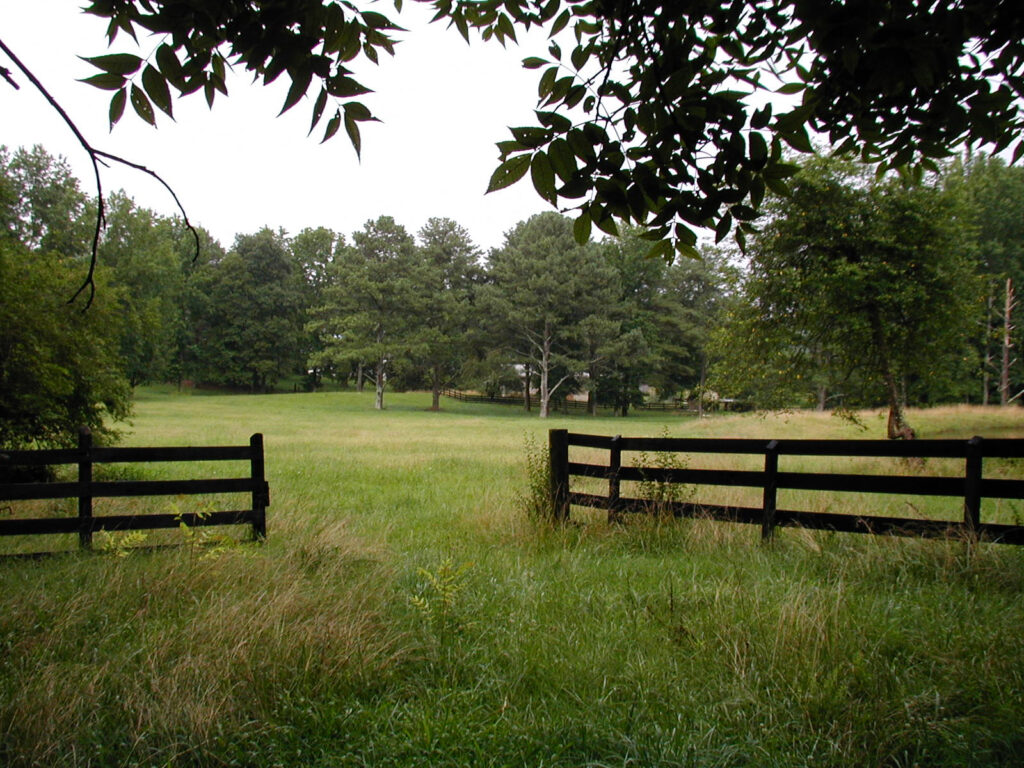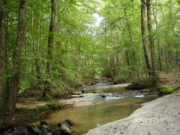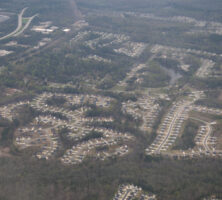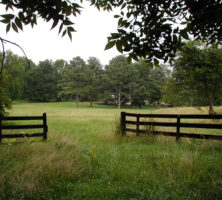The Georgia Community Greenspace Program, passed into law under Governor Roy Barnes in 2000, encouraged rapidly developing counties to voluntarily set aside 20 percent of their land as “greenspace.” Although funding for the program ceased in 2004, the Georgia Community Greenspace program was revolutionary because it codified the concept of greenspace, acknowledged the detrimental aspects of urbanization, and emphasized the responsibilities of local governments to preserve land as a means of maintaining quality of life.
Greenspace was defined under this law as “permanently protected land and water, including agricultural and forestry land,” meaning that development incompatible with greenspace functions on the preserved land was not permitted. Greenspace functions as delineated by the program included protection of water quality for rivers, streams, and lakes; flood protection; wetlands protection; reduction of soil erosion; protection of corridors and habitat for native plants and animals; preservation of scenery; protection of archaeological and historic resources; and informal recreation, such as fishing, hiking, and birding.

The Community Greenspace Program was developed in response to growing population pressures around the state during the 1990s. The greenspace concept is essentially an urban one, distinguishing land that is built-over from land supporting plants or water. Organizations such as Trees Atlanta, the Georgia Conservancy, and the Atlanta Regional Commission amplified the impact of the program by providing planning and training efforts for greenspace acquisition and preservation.
The local, urban orientation of the Georgia Community Greenspace program evolved against a broader background of land conservation within the state. State and federal governments began purchasing land in Georgia during the 1920s for the establishment of state parks and national parks, wildlife refuges, and management preserves. By the 1970s land-conservation efforts had accelerated through the work of the Nature Conservancy, the Trust for Public Land, and many smaller land trusts working within the state. In addition, land was preserved through the Heritage Trust, Preservation 2000, and RiverCare2000. These programs, along with the Community Greenspace Program, preserved more than 300,000 acres of land in Georgia from 1974 to 2003, usually through outright purchase of land.

The Georgia legislature allocated $90 million ($30 million per year) from 2001 through 2003 for the acquisition of county greenspace. The funds, held in a trust, were available to fast-growing local governments that could demonstrate a commitment to preserving 20 percent of county land as greenspace and could produce acceptable greenspace plans. Not all governments were able to acquire land, however, and some monies were returned to the state. The program was not funded in 2004 because of decreases in state revenues.
In December 2003 Governor Sonny Perdue signed an executive order establishing an advisory council for the Georgia Land Conservation Partnership, which was charged with developing Georgia’s first comprehensive conservation plan. The advisory council issued its report in August 2004, and in April 2005 Perdue signed into law the Georgia Land Conservation Act.

The new law created a trust fund and a loan fund, both administered by the Georgia Environmental Finance Authority, a state agency established in 1985 to provide financing for a variety of environmental improvement and infrastructure projects. The Georgia Greenspace Commission (which was responsible for reviewing and approving greenspace programs for the Community Greenspace Program) was reconstituted as the Georgia Land Conservation Council. The Georgia Land Conservation program is open to all local governments rather than just rapidly developing ones, with competition among local entities for funding based on the demonstrated ability to purchase and protect greenspace.










